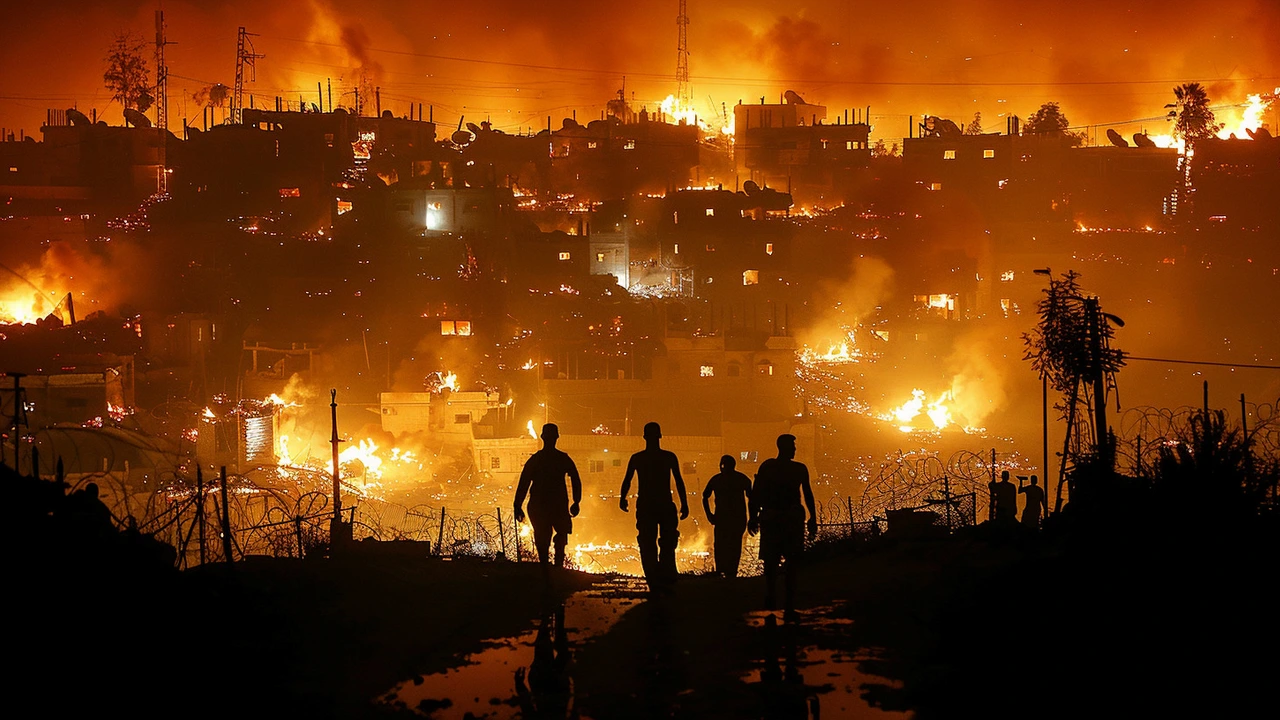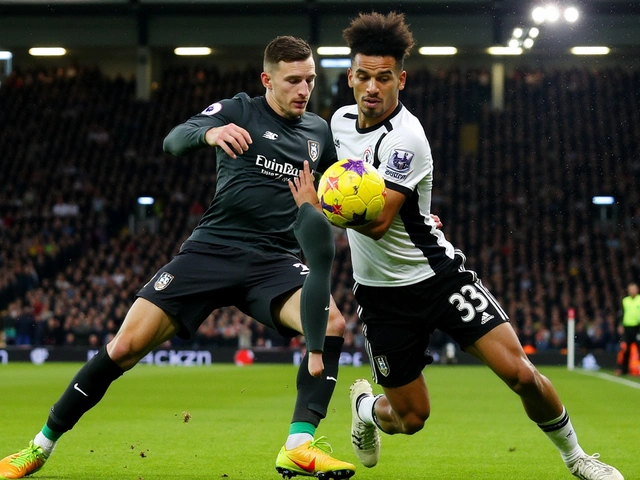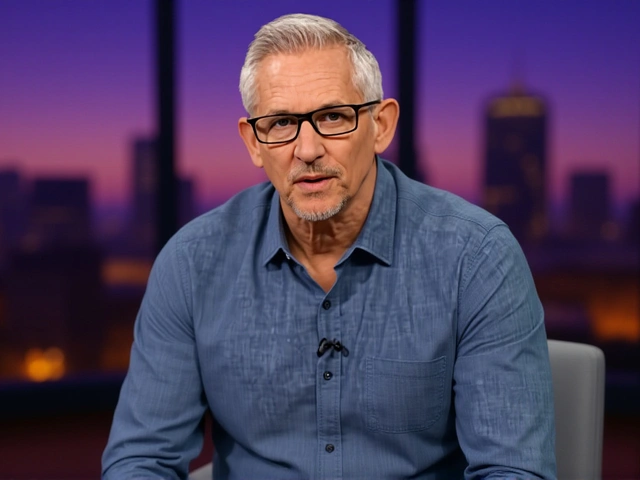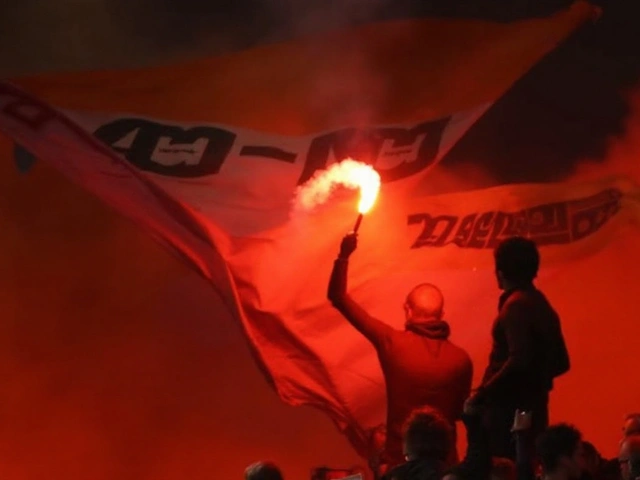Rafah Camp Strike – What’s Happening Now
If you’ve been following the news from Gaza, you’ve probably heard about the Rafah camp strike. It’s a painful event that has left many people asking what really happened and why it matters to us all.
First off, Rafah is a densely packed refugee camp on Gaza’s southern edge. The area houses thousands of families who already live with limited water, electricity, and medical care. When the strike hit, it added another layer of suffering that many can’t ignore.
Why the Strike Happened
The official line from the authorities says they were targeting a militant site that was allegedly storing weapons inside the camp. However, eyewitnesses on the ground reported hearing loud explosions followed by thick smoke and debris covering streets where children play.
Human rights groups quickly pointed out that the strike seemed to hit civilian structures – homes, schools, and a health clinic. Satellite images released after the attack show damage spreading far beyond any plausible “military” target.
How It Affects Everyday Life
For families in Rafah, the strike means more than just broken windows. Many lost loved ones or were left with serious injuries that local clinics can’t treat properly. The already stretched medical supplies are now even scarcer.
Food distribution points have been disrupted too. Aid trucks that usually bring in fresh produce and staple goods struggled to get through the damaged roads, leaving residents to rely on dwindling pantry stocks.
Education took a hit as well. The local school that was partially destroyed forced teachers to hold classes outdoors under harsh sun or not at all. Kids miss out on learning, which hurts their future prospects.
Psychologically, the trauma is massive. Children who have never known peace now carry the sound of explosions in their memory. Parents report increased anxiety and sleepless nights, making it harder for the whole community to recover.
What’s Being Done
International NGOs are rushing to set up field hospitals near the camp’s perimeter. They’re bringing essential medicines, blood supplies, and surgical teams to treat the injured. Some groups have also started mobile food units that travel through damaged streets to reach families who can’t leave their homes.
Local volunteers are organizing “safe zones” where children can play under supervision while aid workers deliver groceries. These spots aim to give a brief respite from the constant fear.
Diplomatically, several countries have called for an independent investigation into the strike. The goal is to determine whether international law was breached and to hold accountable anyone responsible for targeting civilians.
What You Can Do
If you want to help, consider donating to reputable charities that operate in Gaza. Even a small amount can fund medical kits or provide meals for a family for days.
You can also raise awareness on social media by sharing verified reports and videos from the ground. The more people know what’s happening in Rafah, the harder it becomes for the world to ignore.
Lastly, keep an eye on reliable news sources for updates. Situations like this evolve quickly, and staying informed helps you make better decisions about where your support is needed most.
The Rafah camp strike is a stark reminder that conflict’s toll isn’t just numbers on a map – it’s real people with real stories. By understanding the facts and acting compassionately, we can all play a part in easing their burden.

Heart-Wrenching Video Reveals Aftermath of Rafah Camp Strike: Over 45 Lives Tragically Lost
Over 45 lives tragically lost in a devastating strike on Rafah refugee camp. Graphic videos reveal the intense scale of destruction, fueling widespread condemnation and renewed calls to end the ongoing Gaza-Israel conflict. Urgency for peace escalates as the ravaged camp becomes a somber symbol of the ongoing violence.




